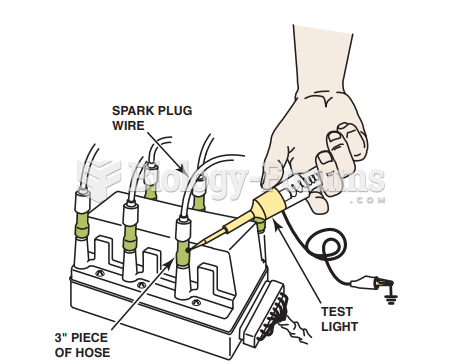Answer to Question 1
A
Answer to Question 2
Financial assistance to domestic producers in the form of cash payments, low-interest loans, tax breaks, product price supports, or other forms is called a subsidy. Regardless of the form a subsidy takes, it is intended to assist domestic companies in fending off international competitors. This can mean becoming more competitive in the home market or increasing competitiveness in international markets through exports. It is nearly impossible to calculate the amount of subsidies a country offers its producers because of their many forms. Critics say that subsidies encourage inefficiency and complacency by covering costs that truly competitive industries should be able to absorb on their own. Many believe subsidies benefit companies and industries that receive them but harm consumers because they tend to be paid for with income and sales taxes. Thus, although subsidies provide short-term relief to companies and industries, whether they help a nation's citizens in the long term is questionable.
In a similar way, the protection of infant industries can produce complacency and prevent an industry from being fully competitive. According to the infant industry argument, a country's emerging industries need protection from international competition during their development phase until they become sufficiently competitive internationally. This argument is based on the idea that infant industries need protection because of a steep learning curve. In other words, only as an industry grows and matures does it gain the knowledge it needs to become more innovative, efficient, and competitive.
Protection from international competition can cause domestic companies to become complacent toward innovation. This can limit a company's incentives to obtain the knowledge it needs to become more competitive. The most extreme examples of complacency are industries within formerly communist nations. When their communist protections collapsed, nearly all companies that were run by the state were decades behind their competitors from capitalist nations. To survive, many government-owned businesses required financial assistance in the form of infusions of capital or outright purchase.







